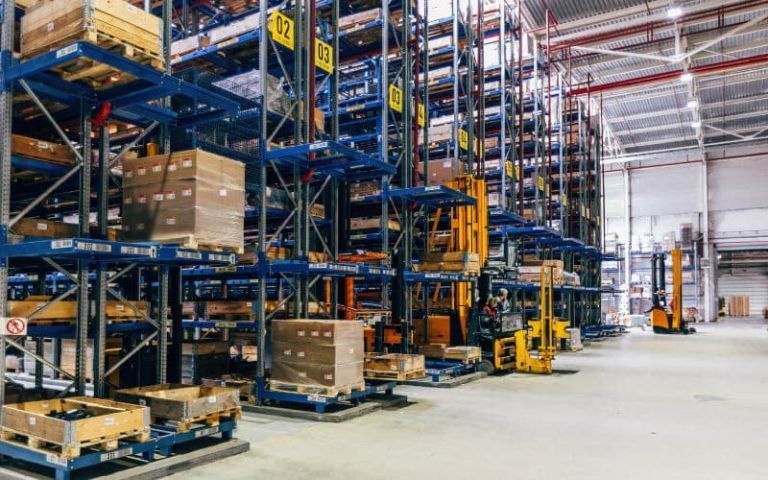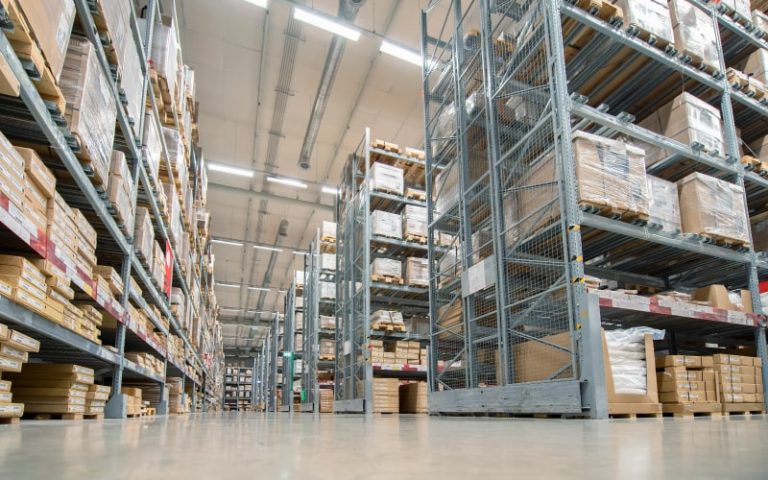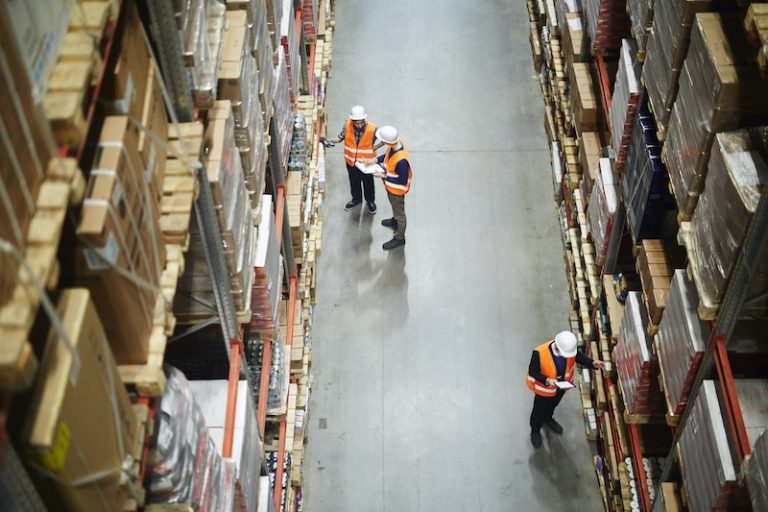More than a third of warehouse operators surveyed said they plan to increase spending in 2025 on materials handling equipment and solutions. About 50% said they plan to maintain their current spending levels, with an average of $1.5 million.
That’s significant.
Whether or not you plan to spend this kind of money, investing in conveyor automation can make a big difference in your warehouse efficiency and throughput.
Conveyor Automation Adoption
About 60% of warehouses have implemented some form of automation, including sortation, storage/retrieval, shuttle systems, or conveyor automation. As eCommerce and supply chain demands continue to grow, businesses are recognizing the long-term benefits of upgrading their material handling equipment machine setups and embracing automation.
Unlike traditional conveyor systems, automated solutions incorporate sensors, AI-driven controls, and integration with warehouse management systems (WMSs) to optimize operations.
Maximizing Your Investment
Before deciding to invest in conveyor automation however, you should take a close look at the expense and benefits. Here’s a checklist of items to consider when evaluating your true costs.
Initial Capital Outlay
- Costs vary based on system complexity, warehouse size, and specific needs.
- Setting up the system requires skilled labor and potential downtime during the transition.
Ongoing Operational Costs
- Regular maintenance and software updates.
- Energy consumption, though newer systems are designed to be more energy-efficient.
- Employee training to ensure seamless operation and troubleshooting.
Potential Hidden Costs
- Temporary slowdowns as employees adapt to the new system.
- Possible compatibility issues with existing material handling equipment machine
- Energy costs for operation
Despite these costs, businesses that automate their conveyor systems often see significant long-term savings and efficiency gains.
Evaluating the Benefits of Conveyor Automation
Automated conveyors minimize the need for manual material movement, reducing labor costs and improving accuracy. With sensors and AI-driven routing, you can move goods seamlessly through your facility, decreasing errors and improving order fulfillment rates.
You also benefit from:
- Increased throughput
- Reduced downtime and breakdowns
- Lower maintenance costs
- Prevention of workplace injuries
- Higher operational stability
- Scalability
As your warehouse grows or changes, automated conveyor systems can be expanded or reconfigured. A modular design allows you to scale operations without a massive infrastructure overhaul or replacements.
The ROI of Material Handling Equipment Machine Automation
Many companies that implement automation report seeing a full return on investment within two to three years—depending on the investment and scale of automation. Businesses that handle high-volume fulfillment, such as e-commerce giants, often experience even faster payback periods.
Conveyor automation as a stand-alone solution can provide a much faster ROI. This type of automation can significantly reduce manual work. As labor costs make up 50% or more of the operating budget for most warehouses, the payoff can be substantial.
So, is it worth your investment? You’ll need to evaluate your unique operational challenges, growth potential, and cost-saving opportunities. You’ll want to ask these 10 questions to determine whether conveyor automation makes sense for you:
- Does your facility experience frequent bottlenecks or inefficiencies in material handling?
- Are labor costs a significant challenge in your operations?
- Would automation allow your business to scale more effectively?
- What is your current throughput volume and how might it change in the next three to five years?
- Have you conducted a workflow analysis to identify areas where automation would provide the greatest benefit?
- How compatible is your existing warehouse management system (WMS) with potential automated conveyor solutions?
- Have you calculated the total cost of ownership beyond just the initial investment (maintenance, training, energy costs)?
- Are there physical constraints in your facility that might impact installation?
- What is your expected timeline for implementation?
- What level of customization would you need compared to standard conveyor solutions?
In nearly every case, conveyor automation makes sense and provides a fast payback. However, every warehouse operates just a little bit differently depending on its configuration, inventory, automation level, and material handling equipment machine setups. You need an expert on your side to help you evaluate your operation and find the right solution for you.
Conesco Storage Systems offers a lineup of high-quality conveyors and automation from top manufacturers. We can help you find, integrate, and install exactly what you need.
| CONVEYOR TYPES | |
| Gravity conveyors | Portable conveyors |
| Belt conveyors | Incline/decline belt conveyors |
| Power roller conveyor | Vertical conveyors |
| Flexible conveyor | Spiral conveyors |
| Accumulation conveyor | Ball transfer tables |
If you’re considering upgrading your warehouse conveyor system, get expert consultation from the material handling pros at Conesco Storage Systems.



